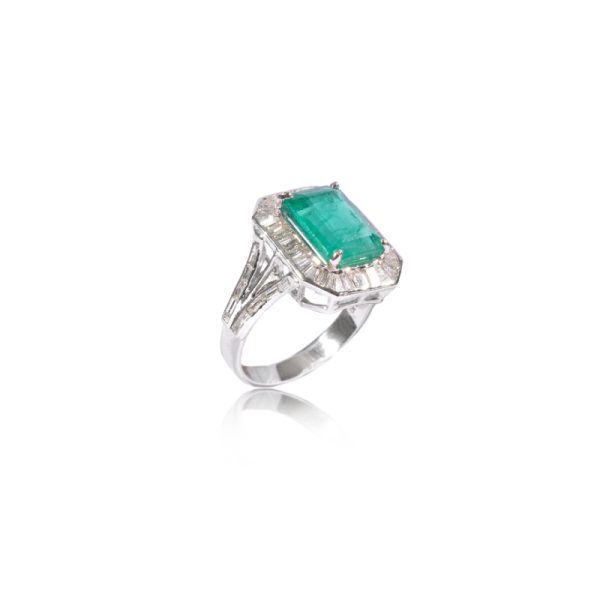The Evolution of Design: From Mechanical Machines to Jewel-Inspired Aesthetics
The journey of slot machine design is a fascinating tale that mirrors the evolution of technology, art, and user experience. From the clunky levers and spinning drums of the first gambling machines to the sleek, jewel-studded interfaces of today’s online slots, the visual transformation has been both dramatic and intentional. This shift reflects not only changing player expectations but also a deeper understanding of how aesthetics influence behavior and engagement.
Origins: The Simplicity of Mechanical Slots
Slot machines were born in the late 19th century, with Charles Fey’s Liberty Bell being the most recognized prototype. These early machines were entirely mechanical, featuring three spinning reels and limited symbol sets. The visuals were basic, often consisting of bells, horseshoes, and card suits, a simplicity that contrasts with the vibrant, immersive designs found on modern platforms like yeeehaaa. Their function was primarily mechanical — design was a secondary concern.
Yet even then, certain symbols were chosen for their immediate recognition and perceived value. Bells symbolized celebration, while BARs (inspired by fruit gum logos) indicated high prizes. These early graphics established the groundwork for visual language in slots.
The Rise of Electromechanical and Video Slots
By the mid-20th century, electromechanical machines introduced flashing lights and buzzing sounds, adding a new sensory layer. Designers started experimenting with colored backgrounds, light animations, and stylized fonts. Themes became more diverse: from traditional fruits to Egyptian motifs and cowboy imagery.
The next major leap came with video slot machines in the 1980s and 1990s. With screens replacing mechanical reels, the canvas for design expanded dramatically. Designers could now add motion, layered backgrounds, and themed characters. Slots began telling stories — with pirates, pharaohs, and ancient gods guiding the player's experience.
Online Era: Freedom of Visual Expression
The digital revolution brought slots to computers, and eventually smartphones. Without hardware limitations, online slots allowed designers to push the boundaries of aesthetics. No longer confined to a few visible symbols at a time, games could now feature expansive animated sequences, elaborate intros, and rich detail across multiple layers.
Themes diversified further: science fiction, mythology, pop culture, and luxury lifestyles. Casino operators realized that visual identity could determine a slot’s popularity as much as its gameplay. Players were no longer pulling a lever — they were entering a universe.
Jewels and Glamour: A New Age of Slot Design
As the market matured, one particular visual trend stood out: the rise of jewel-themed aesthetics. Diamonds, rubies, emeralds, and other precious stones became central to many slot designs. This shift wasn’t purely cosmetic. Gems carried cultural weight and emotional appeal — they suggested value, luxury, and aspiration.
Games like “Starburst,” “Dazzle Me,” and “Gemix” capitalized on this trend. These slots featured radiant jewels as central symbols, often with pulsing animations and light effects that mimicked real-life gemstone brilliance. The designs were minimalist in structure but rich in polish, appealing to players seeking elegance over complexity.
Psychological Appeal of Gemstone Aesthetics
The inclusion of jewels taps into deep-rooted human desires. Players subconsciously associate shining objects with success and reward. Sparkling visuals create anticipation, while color-coded gems suggest progress, value, and hierarchy.
In some games, the transformation of one type of gem into another — say, red to green to blue to diamond — mirrors level progression. This gamified experience adds a layer of psychological satisfaction, rewarding players not just with winnings but with visual elevation.
Design Evolution and Game Mechanics Integration
Modern slot developers no longer separate aesthetics from functionality. Every design choice serves a dual purpose: beauty and feedback. A glowing gem might indicate a winning combination; a cracked crystal could warn of imminent transformation. This integration makes gameplay more intuitive and immersive.
Sound design complements visuals: chimes, soft crystalline pings, or celebratory bursts when jewels align. Even the background music often echoes themes of luxury, serenity, or mysticism, enhancing the player’s emotional connection to the game.
List: Key Milestones in Slot Aesthetic Evolution
-
1890s – Mechanical slots with simple symbols like bells and card suits
-
1950s – Electromechanical machines add lights and sounds
-
1980s–1990s – Video slots introduce animations and thematic diversity
-
2000s – Online slots adopt expansive visuals and 3D characters
-
2010s – Jewel-inspired designs gain popularity across platforms
-
Today – Full sensory experiences with gem animations, interactive UI, and themed progress systems
Luxury Branding and Cross-Industry Inspiration
The rise of jewel-themed slots reflects broader cultural trends. Luxury fashion, jewelry advertising, and even smartphone design have embraced crystalline aesthetics. Casinos adapted these influences, creating games that look like digital jewelry displays rather than traditional gambling interfaces.
Some high-end slots even include jewelry brand collaborations or simulate boutique environments. This aligns with efforts to attract high-value players who respond to themes of opulence and refinement.
Inclusivity and Modern Visual Design
While gem aesthetics suggest exclusivity, designers balance this with accessibility. Jewel-themed slots are often simple in gameplay, making them ideal for casual players. Clear visuals, vibrant colors, and minimal clutter create a welcoming environment for both seasoned gamblers and newcomers.
These visual choices also scale well across devices. Mobile slots often retain the rich shine of gemstone design without losing clarity on small screens, contributing to their wide appeal.
Conclusion: From Steel Reels to Digital Gems
Slot design has come a long way from its mechanical roots. The journey from spinning bells to interactive, jewel-laden screens illustrates how visual storytelling has become central to the gambling experience. Today, gemstone aesthetics don’t just dazzle — they guide, engage, and reward.
As competition intensifies, developers will continue exploring new visual languages. But gemstones, with their timeless symbolism and visual allure, are likely to remain a cornerstone of slot design. In a world where players chase not just prizes but experiences, the brilliance of jewels ensures the magic of the slot machine never fades.



For Further details call us at +91 93215 47641

Categories
Collections
Info
Contact Us
Jewels By Queenie
410, Nirman Kendra,
Dr E Moses Road,
Famous Studio Lane
Mahalaxmi,
Mumbai – 400011
- Jewelry Themes in Online Tournaments: A New Level of Glamour and Competition
- The Symbolism of Pendants and Amulets vs. the Symbolism of Game Icons
- Gift Campaigns: Jewelry as a Bonus for Deposits
- Tips for completing the XCOM 2 game. Shooter's Abilities
- A Beginner’s Guide to Registering and Betting on Betwinner Uganda












